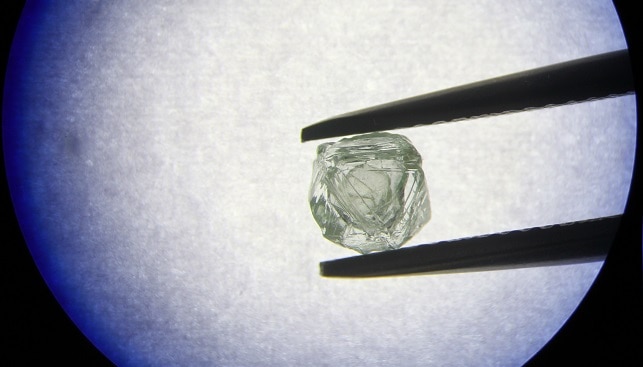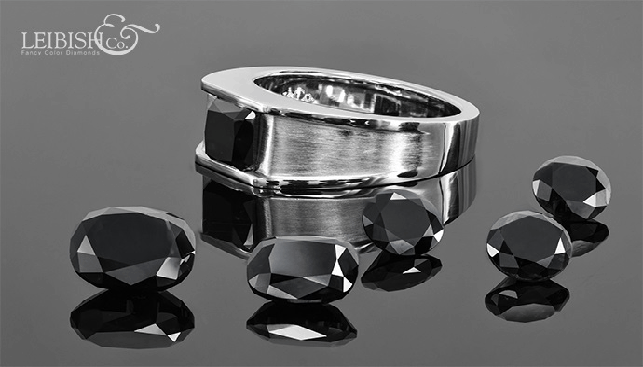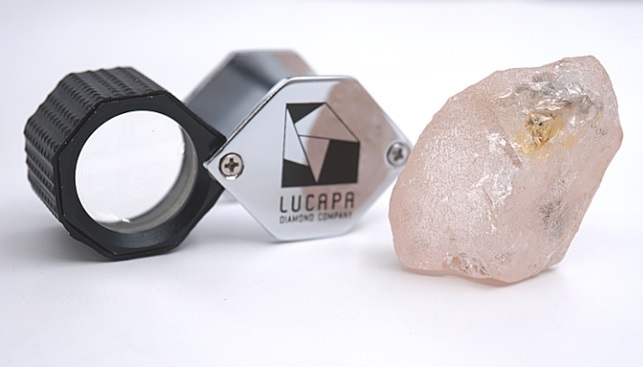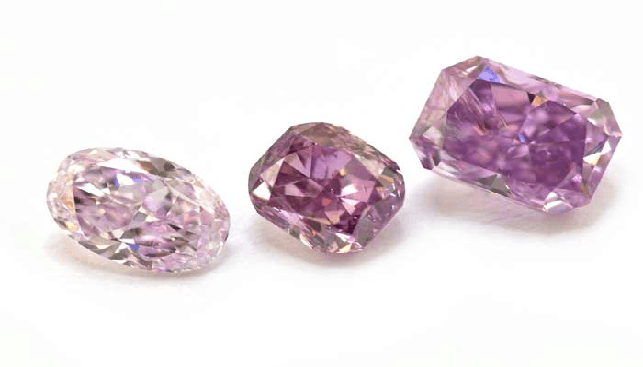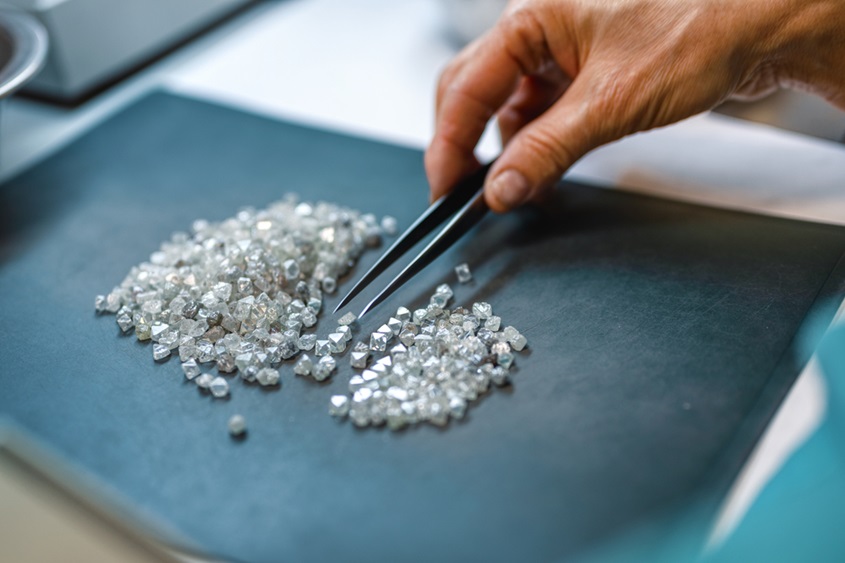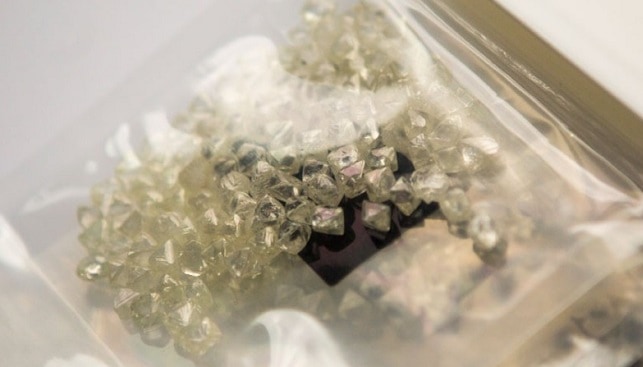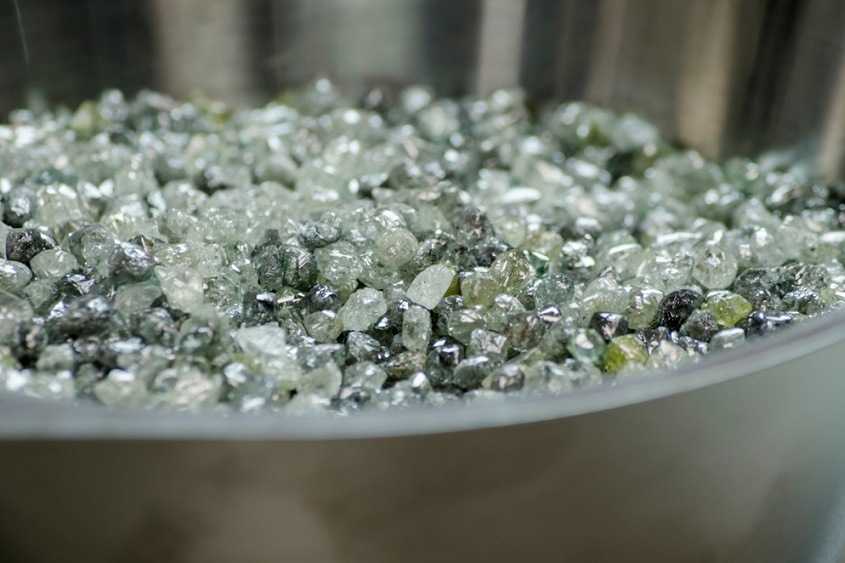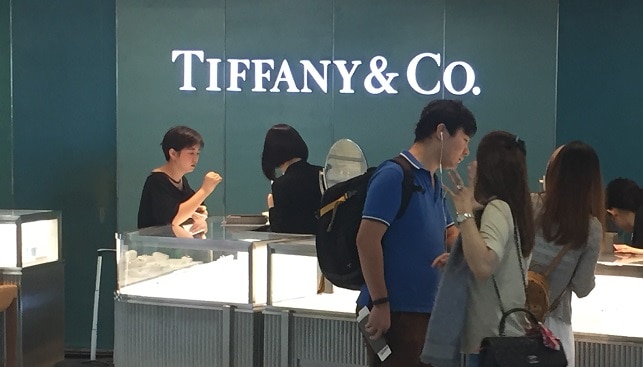Researchers in the New York laboratory of the Gemological Institute of America (GIA) got a chance to study one of the rarest diamonds ever found – a diamond within a diamond, unearthed by Russian mining giant Alrosa in Siberia in 2019.
Dubbed “Matryoshka” after the iconic Russian nesting dolls, the diamond crystal’s formation is unique – within the diamond, another diamond crystal diamond is “trapped”, but moves freely. In a recent article published on its website, the GIA explains what it discovered about the rare creation.
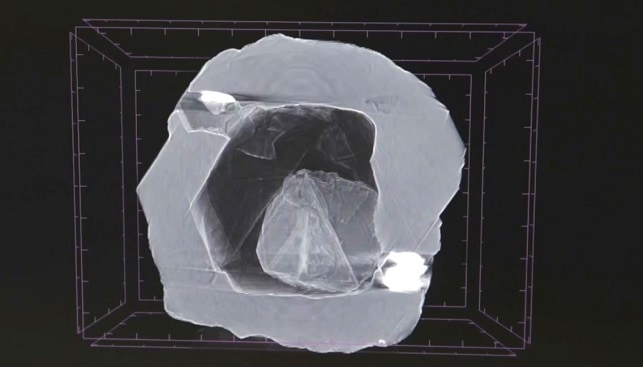
“A Truly Unusual Diamond”
The GIA research team, made up of R&D personnel, a gemologist, analytic technicians and a senior research scientist, examined the 0.62 carat rough crystal using advanced instrumentation.
According to Tom Moses, GIA executive VP and chief laboratory and research officer, the stone presented a unique opportunity for the research team: “We have never seen anything like this”, he said, “this is a truly unusual diamond, not only for the fact that there is a small diamond crystal inside and entirely detached from the host crystal, but also for the mystery of how this diamond-in-a-diamond formed”.
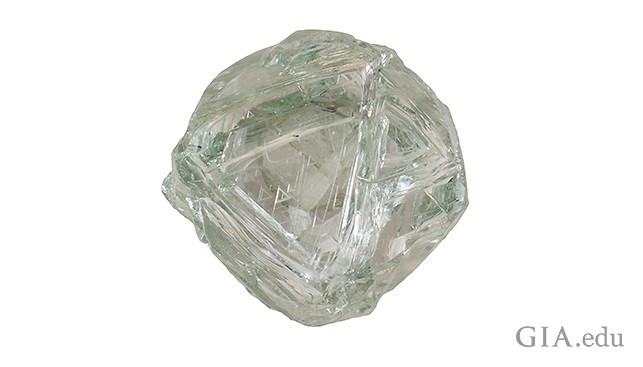
The GIA researchers determined several facts about the diamond: First, about 0.11 carats of diamond material dissolved away over time – millions or billions of years – through two small etched channels that extended from the surface of the diamond to the internal cavity. The internal crystal now weighs 0.03 carats, and is entirely detached from the host crystal.
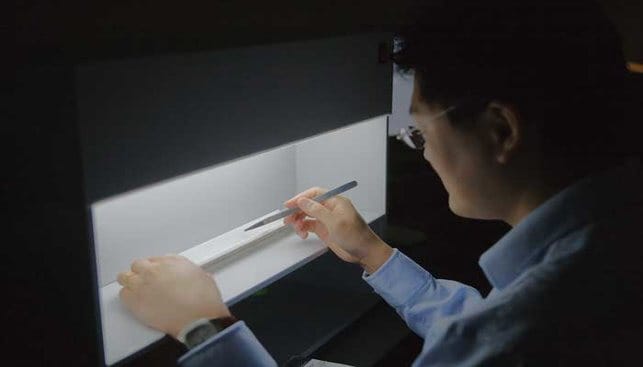
Second, the internal diamond has nearly the identical trace element chemistry as its host.
Third, when the host formed in the earth’s mantle, it was a solid diamond without the cavity.
Another intriguing fact was the natural clear green color of the internal diamond, as well as what the GIA calls the “Christmas-tree” like etchings that decorate its surface. These, they determined, “were small, dark green radiation stains that were present in shallow fractures along its edges, which revealed that this diamond was naturally irradiated”.
The GIA promises a more detailed article to be published in the Lab Notes section of the Spring 2020 edition of Gems & Gemology.

